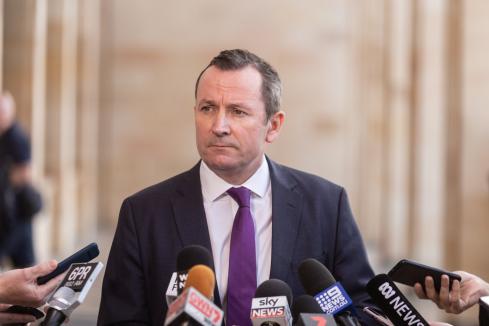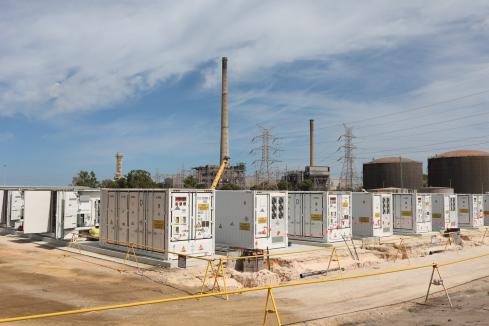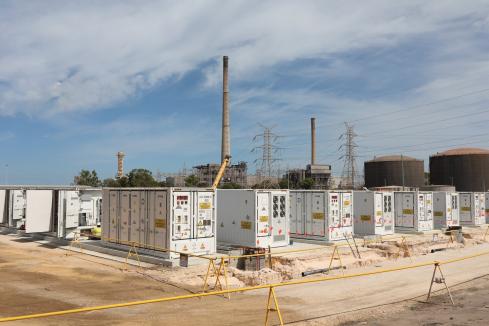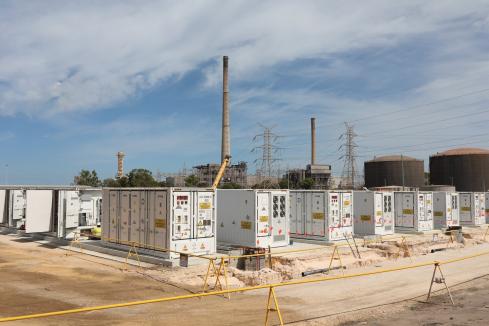Incentivising the uptake of home battery systems might help avoid a major capital expenditure requirement on the grid.


Incentivising the uptake of home battery systems might help avoid a major capital expenditure requirement on the grid.
Household battery storage isn’t expected to significantly smooth peak power demand in Western Australia’s southern electricity network within the next decade, according to the latest modelling by the Australian Energy Market Operator.
About 400 megawatt hours of household battery storage will be installed in the network during the next 10 years, AEMO expects, although that figure could range from as low as 200MWh to as high as 600MWh.
The number compares with around 50MWh projected to be in homes by the end of the 2020 financial year.
There are only 770 home storage systems installed in WA as of May, according to the Clean Energy Regulator.
But the effect of the extra storage will be much smaller, with the market operator anticipating all of that capacity will reduce peak demand by only 18MW.
That is because batteries are likely to be discharging early in the evening, at a time when industrial demand is falling and rooftop solar panels are still at work.
AEMO said the impact might be more significant if there was an incentive to participate in a centrally coordinated charging and discharging scheme.
Such an incentive will be one consideration for the state government’s distributed energy roadmap planning process, which is due to report by the end of this year.
The widespread use of household rooftop solar has created other issues for the system, with 280,000 units in WA as of December 2018, according to the Clean Energy Council.
That use of solar reduces demand for other generation mechanisms, creating potential stresses on the grid.
Within five years, demand may fall so low at times that AEMO is unable to control voltage, the operator warned in March.
Clean NRG managing director Craig Donohue told Business News there already were big fluctuations in voltage on the network during the day.
The grid is intended to operate at around 240 volts, but that level increases to as much as 258 volts when rooftop solar is in high production and feeding power onto the network.
“The more solar that goes on the grid, the higher the voltage is during the day,” Mr Donohue said.
“The transformers are being tapped out … they were never designed to receive power (from rooftops), they aren’t handling that load.
“Western Power will need to upgrade their grid and put transformers in, thousands of them, or put batteries in.
“It’ll be cheaper to give a battery subsidy than it will be to spend money fixing the grid.”
The state government might use direct subsidiaries as an incentive.
Another option would include creating a new market for system reliability and voltage control services in WA’s Wholesale Electricity Market, so thermal producers or storage operators would be rewarded for helping manage voltage.
In the National Energy Guarantee framework previously considered by the federal government, retailers were mandated to ensure any power purchase contracts would be backed up by dispatchable generation
That effectively means there would be a price signal for any externality from the intermittency of renewables.












